
Shadowing, Grazing?
Lighting techniques to dramatize your home and grounds at night
Low Voltage Landscape Lighting Techniques & Methods
The techniques shown here* are used by Custom Outdoor Lighting to dramatize your home and grounds at night and then turn them into a warm, inviting atmosphere. By reviewing these basic outdooor lighting concepts you will be able to see how and why outdoor landscape lighting can enhance the ambiance of your home.
Area Lighting
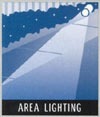
Placing fixtures in strategic locations above and/or below eye level with overlapping beam spreads illuminates area without emphasizing or accentuating any particular part of the area.
Downlighting
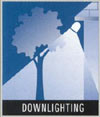
Lighting from above may illuminate an area for landscape or architectural enhancement or special effects, and for safety or security. May also be used to highlight a smaller area, or a single feature, or to create a sense of perspective.
Grazing
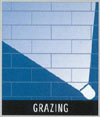
This technique accentuate the texture of the surface being illuminated. Simply place the fixture close to the plane of the wall, fence, or other feature, and direct the light obliquely across it surface.
Moon Lighting
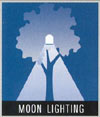
A soft, natural, diffuse effect similar to natural moonlight created by projecting light downward, with the light passing through leaves and branches to cast shadows on the ground below. This can be combined with fixtures directing light upward to light the tree from below.
Pathway Lighting

Light projected on a walkway from above or alongside the illuminated surface. This can be done for safety and security, as well as for aesthetic impact.
Security Lighting

Strategic placement of accent lighting fixtures, combines with low level illumination, provides security lighting without glare for areas of any size. This provides ease of navigation, and increase in safety.
Shadowing
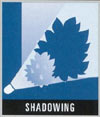
A pleasing traditional effect in which the shadow of a tree, water from a fountain, or architectural element is cast against a wall or other surface by strong frontal illumination of the object. The size of the projected image may be controlled by beam pattern or by varying the distance from the light source to the object.
Silhouetting

The backlighting of architectural elements, trees, or other objects so they stand out before a wall, fence, or other surface. This stunning theatrical effect is created by placing the fixture directly behind and below the object.
Spot Lighting
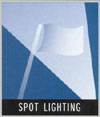
Individual features are powerfully illuminated from above or below by a strong, narrowly focused beam of light. Some examples of items benefiting from this technique are sculptures, statues, landscape features, architectural details, and flag poles.
Step Lighting
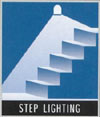
Designed for safety, step lighting clearly illuminates the step area to insure proper visibility. Step lights come in a variety of lighting options: fluorescent, incandescent, incandescent, and tungsten halogen
Underwater Lighting

The use of submersible fixtures in ponds, fountains and similar environments to create interesting and exciting lighting effects. These can range from spot lighting from beneath the water to soft, glowing area lighting of the subsurface environment.
Uplighting
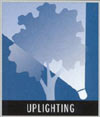
Architectural and landscape elements become visually dramatic features when illuminated from below. Fixtures may be camouflaged by the use of glare shield and louvers to hid the light source from the main viewing angle.
*The marketing material provided in our Lighting Techniques section is under the copyright of Lumiére and Cooper Lighting and is reproduced with their permission.
